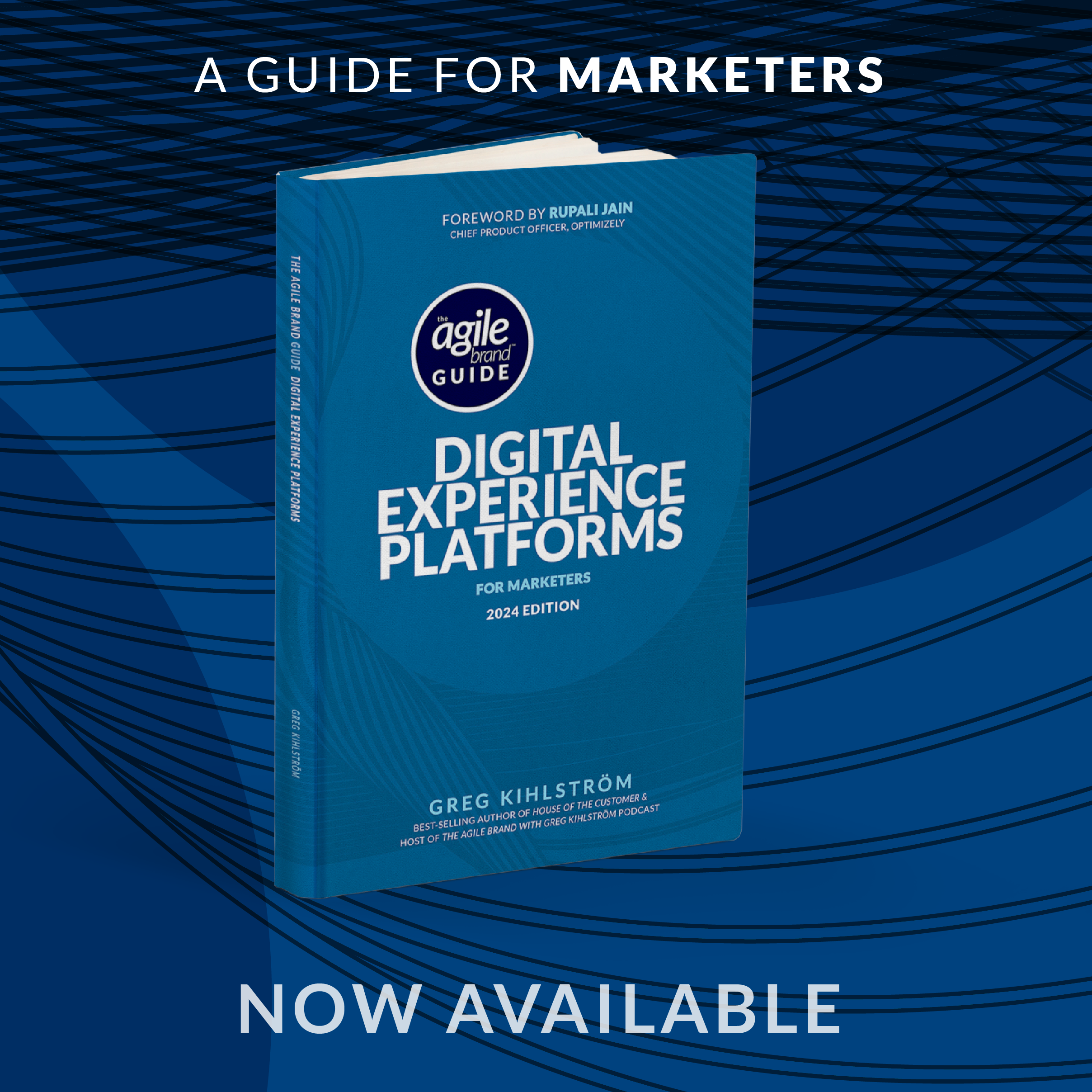This article was based on the interview with Jeremy Flynn from Clear Channel Outdoor by Greg Kihlström, Marketing Technology keynote speaker for The Agile Brand with Greg Kihlström podcast. Listen to the original episode here:
As digital channels often dominate discussions about advertisement measurement, the significance of out-of-home (OOH) advertising is being increasingly recognized—not just as a supplementary channel but as a measurable and effective medium. Jeremy Flynn discusses this in a recent podcast, where he discusses the innovative integration of data-driven strategies into OOH advertising. As brands navigate a dynamic and privacy-conscious environment, understanding the measurable impact of OOH advertising becomes crucial for their success.
One of the most prevalent misconceptions among brands is the belief that out-of-home advertising lacks measurable outcomes. Flynn strongly refutes this notion, asserting that OOH can indeed deliver significant results beyond mere brand awareness or product launch initiatives. Advertisers have traditionally viewed OOH as a top-of-the-funnel strategy, primarily aimed at generating awareness. However, Flynn emphasizes that OOH can drive measurable actions, such as increased foot traffic to retail locations, online engagement, or app downloads, thereby proving its effectiveness as a performance-oriented channel.
The key to unlocking the potential of OOH advertising lies in its ability to leverage data analytics. Flynn describes Clear Channel’s analytics suite, Radar, which productizes mobile location data and identity data to provide insights into consumer behaviors and movements. This capability allows brands to track the effectiveness of their campaigns by analyzing the actions taken by consumers after being exposed to OOH advertising. By understanding these behaviors, brands can refine their strategies and better allocate their advertising budgets.
Moreover, the integration of audience targeting in OOH advertising is revolutionizing how brands approach their marketing strategies. Flynn notes that Clear Channel has developed a system that assigns approximately 4,500 audience attributes to each out-of-home unit, mirroring the audience segmentation strategies used in digital marketing. This means that brands can target specific consumer segments based on their behaviors and preferences, making OOH advertising more analogous to digital channels. By creating custom audience segments derived from a brand’s first, second, or third-party data, advertisers can ensure that their OOH campaigns resonate with the right audiences, thereby enhancing their overall effectiveness.
In today’s advertising environment, where brands are increasingly focused on omnichannel strategies, the integration of OOH with other digital channels is essential. Flynn highlights the importance of simplicity in measurement and planning for OOH advertising. Brands need to understand how to incorporate OOH into their broader marketing strategies seamlessly. By doing so, they can create cohesive campaigns that resonate across multiple touchpoints, ultimately leading to improved customer engagement and conversion rates.
Additionally, as brands face challenges related to fraud and transparency in digital advertising, OOH presents a refreshing alternative that is gaining traction. The physical nature of OOH advertising, combined with its measurable outcomes, allows brands to invest in a medium that offers reliability and effectiveness. Advertisers are increasingly drawn to OOH as a solution that complements their digital efforts, providing a tangible presence in the marketplace and reinforcing their messages in a way that is both impactful and measurable.
In conclusion, the assertion that out-of-home advertising is measurable is not only valid but also essential for brands looking to thrive in a competitive advertising landscape. By embracing data-driven strategies, leveraging audience targeting, and integrating OOH with digital channels, brands can create effective, targeted campaigns that resonate with consumers. As Jeremy Flynn articulates, the future of advertising lies in the ability to connect with the right audience at the right time, and OOH advertising is poised to play a pivotal role in achieving this goal. In an era where every impression counts, the measurable impact of OOH advertising will be a key differentiator for brands seeking long-term success.












